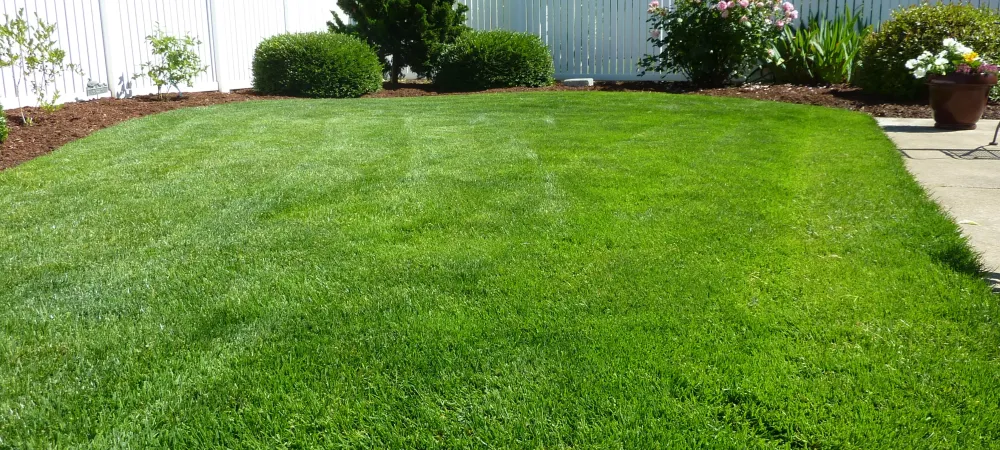Lawn Grubs in Virginia: How to Detect, Prevent, and Treat Them

To maintain a healthy lawn, it's important to understand underground pests like grubs. In this blog, we will explore signs of an infestation, give practical tips to prevent, and manage grub-related issues, keeping your grass lush. Get ready to tackle grubs head-on and transform your lawn into a pest-free paradise!
What Are Grubs
Grubs are the larval stage of various beetle species, including the common June beetle and Japanese beetle. These small, C-shaped creatures are found underground, where they feed on the roots of grasses and plants. Grubs can cause significant damage to lawns and gardens if their populations grow unchecked.
Signs That You Have Grubs On Your Lawn
Recognizing the signs of grubs in your lawn is crucial for maintaining healthy and vibrant turf. By identifying these indicators early on, you can take proactive measures to address the issue before it escalates. Timely detection allows for prompt intervention, preventing extensive damage caused by the feeding activities of grubs.
Signs that you may have grubs on your lawn include:
- Brown patches: Dead or dying patches of grass that appear in irregular shapes can indicate grub activity. Grubs feed on the roots, causing the grass to lose its vitality.
- Spongy texture: When walking on the affected areas, you may notice a spongy or squishy feeling underfoot due to the damaged root system caused by grubs.
- Increased animal activity: Animals like skunks, raccoons, or birds are attracted to lawns infested with grubs. They dig up the turf in search of a tasty meal, leaving behind messy and upturned patches.
- Irregularly shaped tunnels: Grubs create tunnels as they feed on grassroots, leading to the formation of winding tracks visible on the surface of the soil.
- Loose turf: As the root damage worsens, the turf may become loose and easily detach from the soil, making it possible to lift sections of the lawn like a carpet.
By monitoring your lawn for these signs and taking appropriate action, you can address grub infestations before they cause significant harm to your grass.
How To Get Rid of Grubs
Having grubs wreak havoc on your beautiful garden can be disheartening. These pesky larvae of beetles and other insects can cause significant damage to your plants and turf if left unchecked. Fortunately, there are several proven methods you can employ to get rid of grubs and restore the health of your garden.
Here are some effective techniques to get rid of grubs:
- Natural Predators: Encourage beneficial insects, such as nematodes, to naturally control the grub population. These microscopic worms can be purchased from garden centers and applied to the affected areas. They infect and kill grubs, preventing further damage.
- Manual Removal: If the infestation is manageable, handpicking grubs can be an effective approach. Wear gloves, dig into the soil, and carefully remove the grubs. Place them in a bucket of soapy water to ensure they are disposed of properly.
- Lawn Maintenance: Keeping your lawn healthy and properly maintained can deter grub infestations. Regularly aerate the soil, mow at the correct height, and provide adequate water and nutrients to promote robust grass growth, making it less attractive to grubs.
- Sunlight Exposure: Expose infested areas to direct sunlight by removing dense vegetation or pruning overhanging branches. Grubs prefer moist and shaded environments, so increasing sunlight can help deter their growth.
- Crop Rotation: If grubs repeatedly infest specific areas, consider rotating your crops to disrupt their life cycle. By planting different plants in affected sections each season, you reduce the chance of grubs finding a suitable host plant.
- Avoid Overwatering: Grubs thrive in moist soil, so avoid overwatering your garden. Maintaining proper soil moisture levels will discourage their presence and limit their ability to cause damage.
